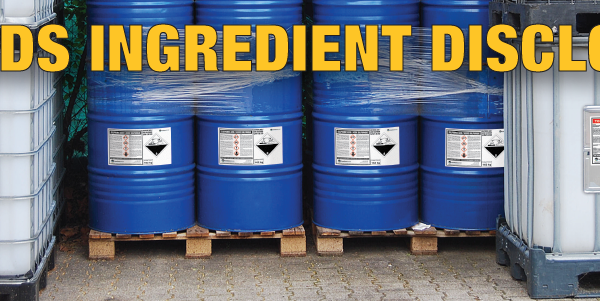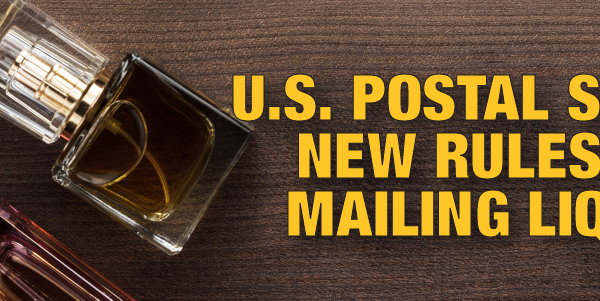A New Regulation
The new Canadian “Packaging and Transportation of Nuclear Substances Regulations (PTNSR) 2015”, under the Nuclear Safety and Control Act (NSCA), were published in the Canada Gazette II July 1, 2015.
This re-write follows through on the proposed amendment of June 2014 and follow-up discussions by the Canadian Nuclear Safety Commission (CNSC).
Background is available in Barbara’s Blog from last year »
Modernization-Harmonization
The goal of the PTNSR 2015 is to update the reference to the international (IAEA) regulations, clarify definitions/language and address some Canadian-specific issues (again, as with other regulations, “harmonized with” is not necessarily “identical to”!).
The update of the PTNSR has resulted in a re-organization of section headings and expansion to 42 sections.
The PTNSR now refer to the IAEA Regulations “as amended from time to time” rather than a specific edition. Consequently there are some changes to definitions- e.g. some are irrelevant since the detail in the IAEA contains the required definition; others are now defined within expanded sections of the PTNSR 2015.
Detailed Radiation Protection Programs
Included in the new regulation are additional obligations for consignor/carrier/consignee radiation protection programs. Criteria for workplace/individual monitoring measurements (based on a workplace assessment) have been added. Additionally, notification and documentation requirements have been incorporated into the expanded Radiation Protection Program sections (31-34). New requirements for employees to provide personal information, coupled with protection of that information, have also been added.
Clarification
Licensing and certification requirements have been expanded and provision has been made for radionuclides where the isotope is not listed in the IAEA regulations, or a consignor wishes to apply for limits higher than those listed in the IAEA table. Wording has been included in section 6 to clarify that the CNSC licensing exemption, for in “transit”, transportation of packages subject to foreign competent authority approval, does not apply IF there are any stops in Canada.
LSA classification criteria now take into account the higher potential uranium and thorium content in Canadian ores, increasing the allowable percentage to 3% for LSA I classification.
Qualified exemptions have been added (section 2, 3) for waste loads that may contain low-level radioactive components so that movement can occur to allow characterization to be done to allow safe disposal.
Additional changes specifically relating to TDG are:
- More information on shipping documents for “excepted packages” (this may require a corresponding adjustment to TDGR 1.43 by Transport Canada?)
- Primacy of TDGR (although perhaps shaky considering the point directly above) for aspects such as safety marks (including placarding)
Expanded Penalties
In addition to consequential amendments to the Act and related regulatory references to the PTNSR, the CNSC Administrative Monetary Penalties Regulations have been expanded to 67 (from 43) – including 3 additional Category C violations (fines up to $25,000 for individuals or $100,000 for “other persons”).
The full CGII publication of PTNSR 2015, in force on registration, is available at:
http://www.gazette.gc.ca/rp-pr/p2/2015/2015-07-01/html/sor-dors145-eng.php





